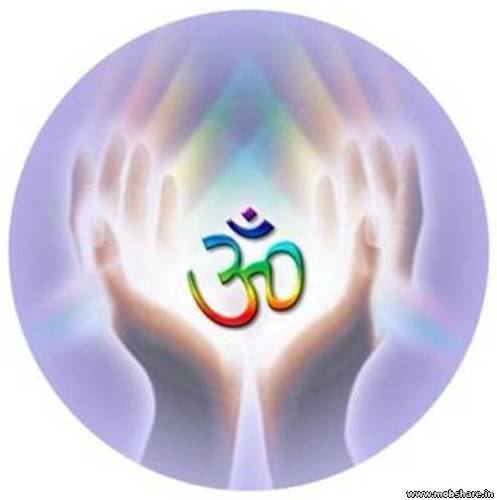Sunday, June 27, 2010
Amid tight security, around 100,000 Pandits came from across India to gather in Tulla Mulla, 27km east of Srinagar, at the historic Khirbhawani temple to seek blessings from the goddess Ragnya Devi.
“I don’t want to go back [to heartland India]. I want to die here,” said Ishri Bhatt, 65, a widow who fled the Muslim-majority valley in 1989 along with an estimated 200,000 Pandits when a insurgency against Indian rule broke out.
They re-settled in the Hindu-dominated southern part of the state, Jammu, and other parts of India.
But the Pandits have recently begun to return. An estimated 4,000 families have moved back to the territory, split between India and Pakistan but claimed by both in its entirety, since 2004 when relations between the nuclear-armed rivals began to thaw. The intensity of militant violence in Kashmir has also decreased since then.
Jawaharlal Langar, 72, a retired librarian at Kashmir University, now lives in New Delhi but is originally from Srinagar’s Shivpora district. He was one of the Pandits returning for the first time. Mr Langar said: “Why and how did we have to leave? I don’t want to go into those details because that would only reopen old wounds. I took a flight from Delhi and on landing in Srinagar found things have changed for the better and the atmosphere is quite cordial.”
Violence, however is still common enough to keep the vast majority of Pandits from moving back. Street battles between Indian security forces and stone-throwing protesters are a daily occurrence. Human rights abuses against civilians are also commonplace, according to rights groups. Tens of thousands have died.
Most of the visiting Pandits said they prayed for the return of peace so that they can come back to their homes. Prince Bhatt, 41, Ishri Bhatt’s son, said: “I’m quite happy over the way we were greeted by the people living in the temple vicinity and other Muslims. All that is needed now is some bold initiatives by the government and the politicians.”
The Kashmir Chief Minister, Omar Abdullah, who visited the temple yesterday, said new government initiatives would encourage Pandits to return. They include reservations in government jobs.
Many of the Pandit families are well-settled in their new lives, making it difficult to return to an uncertain situation.
Mr Langar, sitting near the stream in the shade of poplars, willows and walnut trees, said: “I wish [to return] but I can’t. My children and grandchildren are settled outside the Valley of Kashmir and it would be naive to seek to resettle here when your beloved ones are not around.”
But the desire to return remains strong even among the post-migration generation, some of whom have never been to the valley. Rajat Hangloo, 13, said: “There is no better place to live than our own Kashmir.” Speaking in Kashmiri, Rajat added: “It is cool here and too hot there [in Jammu]. Yes, I want to spend the rest of my life here.”
Before the eruption of violence, Pandits and Muslims lived in relative harmony sharing a unique Kashmiri culture. At the Khirbhawani temple yesterday, Muslims greeted the pilgrims with open arms, offering them fruit and drinks and even hosting some in their homes. Habla Begum, a Muslim resident of Tulla Mulla, felt “quite contented” while pouring ghee into the tiny earthen lamp pots that are lit by the Hindu devotees as part of their prayers.
Abdul Aziz Shah, 64, a resident of neighbouring Safa Pora township, said, “Militancy was a curse. We’ve paid a heavy price and continue to suffer. One of the pitfalls was the flight of our Pandit brethren. They must come back.” Mr Shah said his family has sold sweets, flower petals and other items to Hindu pilgrims for seven generations.













Dear Sirs
ReplyDeleteDuring 1910 from South India there were Brahmins who visited Punjab University in Pakistan to present papers on Sanscrit lit., and some them got jobs in the University itself and stayed there. Wish to know their whereabouts.